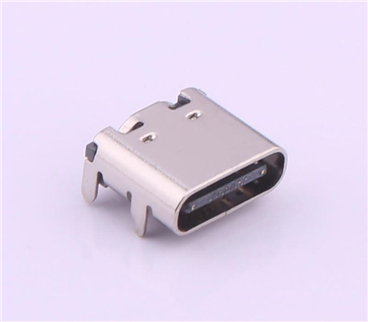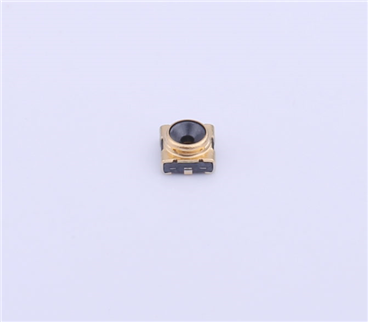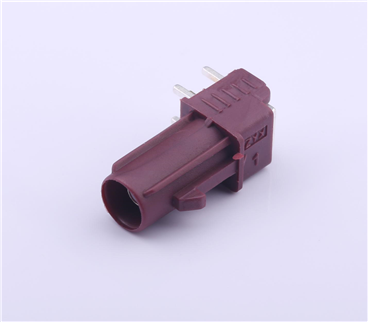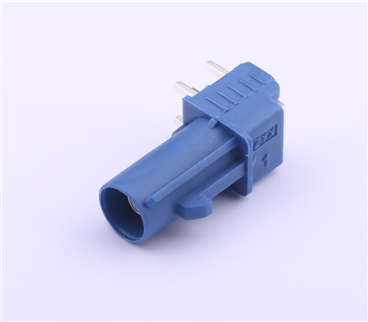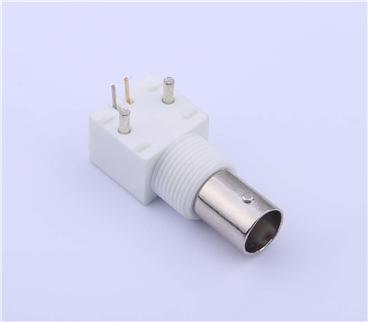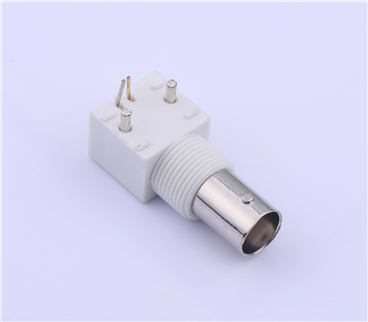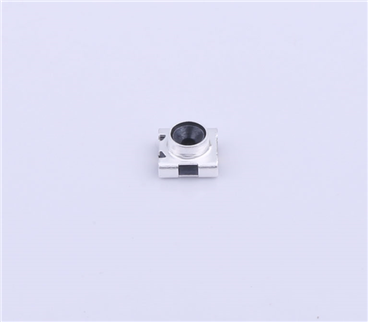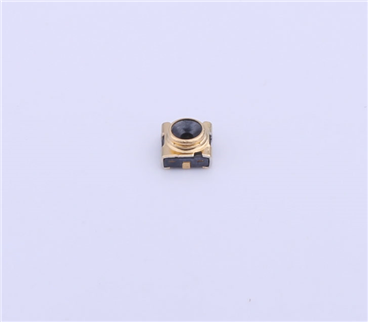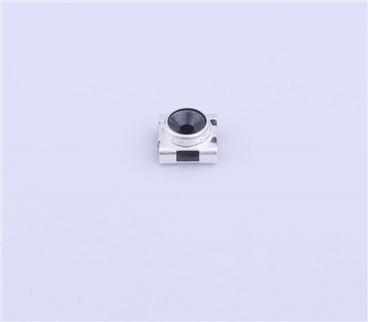Service hotline
+86 0755-23615795
Release date:2025-05-23Author source:KinghelmViews:1969
As China’s first 3nm flagship smartphone SoC, XRing O1 leverages [敏感词]’s second-generation 3nm N3E process, integrating 19 billion transistors within a compact 109mm² die. Though it lacks an integrated modem, its cutting-edge design delivers powerful results. The CPU adopts a unique 10-core, four-cluster setup (2×3.9GHz Cortex-X925 super cores, 4×3.4GHz A725 performance cores, 2×1.9GHz A725 efficiency cores, and 2×1.8GHz A520 cores). Combined with Xiaomi’s custom edge power delivery system and high-speed registers, the chip scores 9509 in Geekbench multi-core—surpassing Apple’s A18 Pro (8500) and MediaTek’s Dimensity 9400 (9200). Single-core performance hits 3008, on par with the Dimensity 9400.
On the GPU front, the 16-core Arm Immortalis-G925 delivers 330 FPS in Manhattan 3.1 tests, a 43% improvement over A18 Pro, while consuming 35% less power. Xiaomi’s dynamic performance tuning further improves gaming performance and thermal efficiency, outperforming iPhones in MOBA titles.
It also integrates a 4th-gen ISP (87 billion pixels/sec, vastly improved night video HDR) and a 6-core NPU offering 44 TOPS, beating the A18 Pro’s 35 TOPS. With over 3 million points on AnTuTu, XRing O1 joins the elite ranks of flagship mobile chips.
The XRing T1 is Xiaomi’s first chip with a self-developed 4G modem, fully designed in-house (including baseband and RF systems) and supporting eSIM standalone communication. Developed by a 600-person team (60% with over 10 years’ experience), it underwent 15 months of real-world testing across 100+ cities and 150,000 kilometers, covering over 7,000 test cases. The result: 35% better live network performance and 27–46% lower power consumption.
Used in the Xiaomi Watch S4 (9-day battery life, ¥1,299), T1 marks a crucial step toward future 5G modem development.
Debuting the XRing O1, the Xiaomi 15S Pro features a dragon-scale fiber back, gold accents, and a 2K low-power display paired with a 6100mAh battery. It supports UWB for hands-free subway payments and seamless interaction with the YU7 electric SUV (like trunk auto-open when standing for 3 seconds). With XRing O1’s ISP, it offers enhanced full-range 4K night video. The 16GB+512GB model starts at ¥5,499—¥300–500 less than its predecessor—bundled with commemorative accessories to help popularize Xiaomi’s chip tech.
Equipped with a downclocked XRing O1 (3.7GHz), the Pad 7 Ultra boasts a 14-inch 3.2K OLED display (M9 material, 120Hz adaptive refresh), with a nano matte version offering <1% reflectivity. Its 8-speaker system beats the iPad Pro’s soundstage, and the 12,000mAh battery supports 120W fast charging—all in a slim 5.1mm chassis. It supports PC-grade WPS and cross-platform file transfers with Apple devices. Starting at ¥5,699 for 12GB+256GB, it’s positioned for premium work and media use, with productivity-boosting accessories like a full-size floating keyboard (¥1,399).
Built with a forged carbon bezel and fluoro rubber strap, the Xiaomi Watch S4 runs on the XRing T1 chip. It supports phone camera control, unlocking the YU7, and 9-day battery life in eSIM mode—all at a budget-friendly ¥1,299, making in-house chip tech more accessible in the wearable space.
Xiaomi began its chip journey in 2014 with the creation of Pinecone Electronics, launching its first SoC, the Surge S1 (28nm, 4G support) in 2017. However, it failed due to modem shortcomings. The company pivoted to smaller chips—fast charging (Surge P series), image signal processors (Surge C series)—to build up expertise.
In 2021, Xiaomi rebooted its large-chip ambitions, founding XRing Technologies. It invested ¥13.5 billion by April 2025, built a 2,500-person R&D team, and spent 4.5 years developing the XRing O1, achieving first-pass tape-out success—no small feat, given advanced node yields average only 14%. Technical breakthroughs included custom IP, low-voltage design (down to 0.46V), and ARM architecture optimization, finally plugging Xiaomi’s gap in high-end SoC capabilities.
With XRing O1 and T1, Xiaomi strengthens its “AI × OS × Chip” strategy, delivering seamless integration across software and hardware. Chip-level enhancements like AVS reduce CPU power draw, and the T1 modem boosts smartwatch efficiency. Crucially, in-house baseband tech reduces dependency on Qualcomm and MediaTek (which currently supply 98% of Xiaomi’s SoCs), enhancing supply chain security.
Despite using 3nm manufacturing, Xiaomi leverages its scale (168.5 million phones shipped in 2024) and aggressive pricing (like the reduced cost of 15S Pro) to spread R&D costs. The company plans to roll out self-developed chips across mid-range phones and IoT devices, aiming to become the third global tech company—after Apple and Samsung—with full-stack chip capabilities.
XRing O1 proves that domestic chips can go beyond the mid-range and achieve flagship-level performance—even beating the A18 Pro in multi-core scores—through deep optimization on ARM reference architecture. It also sidesteps U.S. export controls (under the 30B transistor limit), offering a viable roadmap for other Chinese firms seeking advanced process compliance.
Xiaomi still faces key hurdles:
● 5G Modem Dependency: XRing O1 still relies on MediaTek’s T800 modem for 5G. Developing a proprietary 5G baseband remains difficult due to patent complexity and 3GPP standards compliance.
● Financial Commitment: Sustaining R&D spend (¥6 billion+ in 2025 alone) and shipping tens of millions of chips annually will be essential for long-term profitability.
Lei Jun shared that Xiaomi will invest another ¥50 billion over the next decade, with a goal of self-developed 5G baseband chips by 2029—transforming Xiaomi from an “assembler” into a deep-tech leader. As the launch event declared, “Chipmaking is a nine-in-ten failure path—but without trying, we’ll never stand a chance.” The launch of the XRing Duo marks Xiaomi’s official entry into the global chip race.
